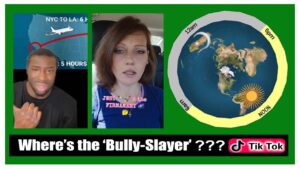Rechargeable cement-based battery could let buildings store energy
Imagine entire ten- or twenty-story buildings that can store energy as in a giant battery. This vision may well become a reality as researchers at Chalmers University of Technology, Sweden, have succeeded in something unique – a world-first concept for a rechargeable cement-based battery.
The ambition of the researchers is that at some point in the future, this technology will allow the conversion of entire buildings into large energy storage areas, that is, to function as huge batteries. Although extremely ambitious, the effort may have some chances of success as cement is the most common building material around the world.
Like regular concrete, the concept for the battery first involves a cement-based mixture, with small amounts of short carbon fibers added to increase the conductivity and flexural toughness. In addition, a metal-coated carbon-fiber mesh – iron for the anode and nickel for the cathode – have been incorporated into the mixture. Like traditional electrodes, these carry electrons back and forth as the device is charged and discharged.

This idea allowed the creation of a rechargeable system, but its capabilities are still under investigation. This concrete-based battery has an energy density of 7 Wh per square meter or 0.8 Wh per liter, a quantity that, according to the team led by Professor Luping Tang, could be more than ten times that of earlier attempts at concrete batteries.
Researchers at a Swedish university note that energy density is still very low compared to commercially available batteries. However, they believe that any limitations could be overcome thanks to the huge volume at which the battery could be constructed when used in buildings. The benefits of converting high-rise buildings into huge batteries are obvious.
The concept of using buildings and infrastructure for storing energy could thus be revolutionary because it would offer an alternative solution to the energy crisis by providing a large volume of energy storage.
Cement-based batteries could also be used to power LEDs, provide 4G connections in remote areas or cathodic protection against corrosion in concrete infrastructure. It could also be coupled with solar cell panels, for example, to provide electricity and become the energy source for monitoring systems in highways or bridges, where sensors operated by a concrete battery could detect cracking or corrosion, suggests Emma Zhang.
“We have a vision that in the future, this technology could allow for whole sections of multi-story buildings made of functional concrete. Considering that any concrete surface could have a layer of this electrode embedded, we are talking about enormous volumes of functional concrete“, Emma Zhang added.
The team working on the project makes it clear that the idea is in the early stages of implementation. Obviously, there are quite a few serious issues that need to be addressed before the commercialization of the technique, such as extending the service life of the battery and the development of recycling techniques.




